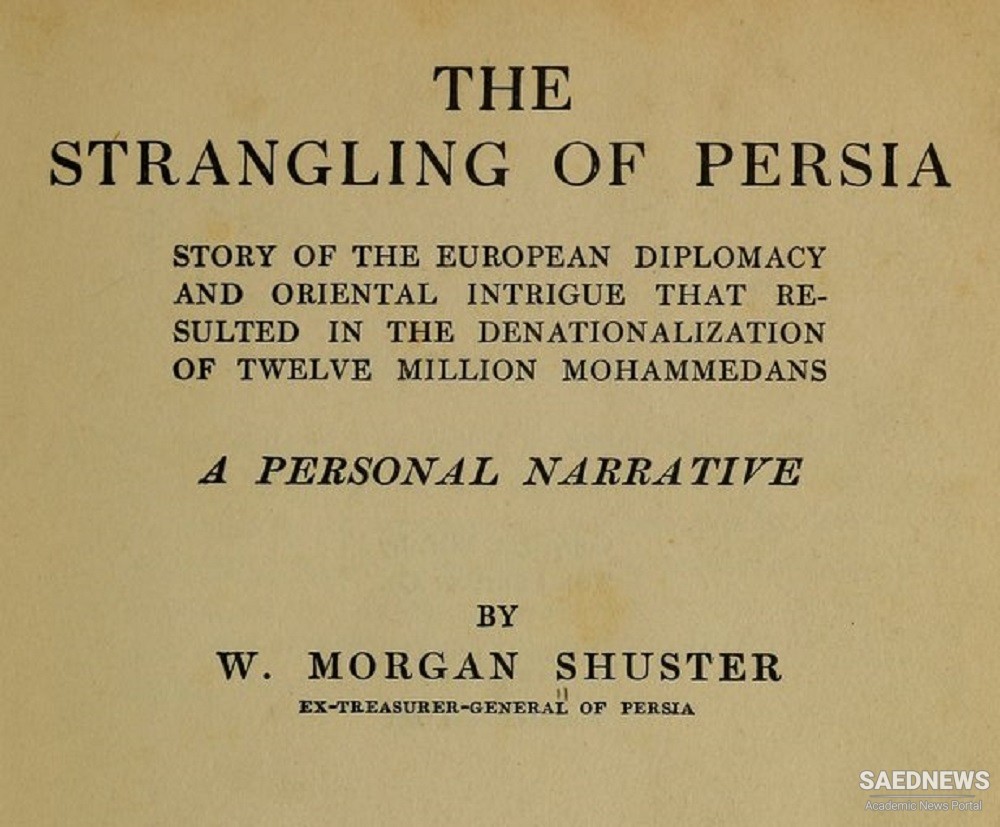Facing resistance from the population of Mashhad, who had taken refuge in the shrine of Musa al-Rida, the Eighth Shi‘i Imam, the holiest site in Iran, Russian field guns battered to ruin the shrine’s golden dome while invading troops looted the shrine’s treasury. For the following five years through terror and violence, the occupying Russian army kept a tenuous hold on the northern half of the country. Small wonder that Iranians welcomed the news of the 1917 Bolshevik Revolution.
Not to fall behind, Britain also brought in more troops to the south. Under the pretext of securing British interests against tribal unrest, the sepoy detachments of the Indian Army moved up from the Persian Gulf port of Bushehr to Shiraz and Isfahan, where they faced open hostility. In both cities bazaars were closed in protest, the ulama boycotted British products, and a ban was observed on the sale of goods and provisions to the invading troops. The nationwide spirit of resentment of the foreign occupation went beyond the cities and into the countryside, where southern tribes, most significantly the Qashqa’i and the Khamseh of Fars, staged a revolt against the pro-British Bakhtiyari khans in Tehran. Yet the tribal resistance soon fizzled out in internecine rivalry and disarray.
In Tehran, twice rejecting the ultimatum, the Majles in effect gave a vote of no confidence to the premier Najaf-Qoli Khan Samsam al-Saltaneh (1846–1930), the pro-British Bakhtiyari khan, who came to dominate the political stage. Irrespective of the vote, he stayed in office throughout the crisis. Earlier, on December 24, 1911, under enormous Russian and British pressure, and after some twelve thousand Russian troops had amassed in the Caspian port of Anzali, ready to march on Tehran, the Bakhtiyari premier, aided by Yeprem Khan, had ordered the newly formed Homayun regiment to occupy the Majles, expel all the deputies from the premises, and close the gates. The deputies were threatened with death if they attempted to meet in the parliament or elsewhere.
The cabinet had already secured the support of Abol-Qasem Nāser al-Molk (1826–1927), the second person to occupy the office of regent to the minor Ahmad Shah. A well-versed, Oxford-educated aristocrat of the powerful and wealthy Qaragozlu family of Hamadan, and a friend of both Edward Gray and George Curzon, he proved to be a learned man but a timid statesman when it came to leading the country at a critical juncture. Fearing Russian occupation of the capital, he declared the end of the second Majles and suspension of the constitution under extraordinary circumstances. A committee of five ministers thereby accepted the Russian ultimatum and abided by its terms, with minor modifications. Soon after, in January 1912, Morgan Shuster and his party of American associates resigned and left Iran, traveling in motorcars less than a year after they had arrived in horse carriages.


 Persian Classic Music in Action: Improvisation
Persian Classic Music in Action: Improvisation














































